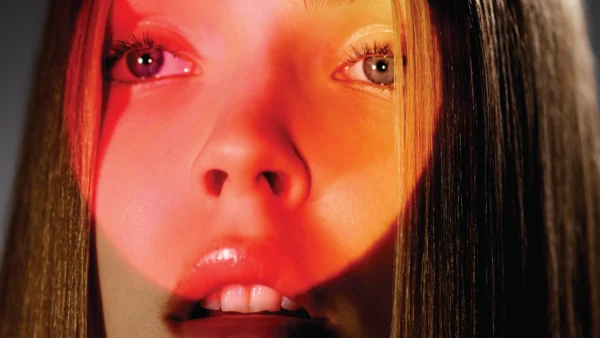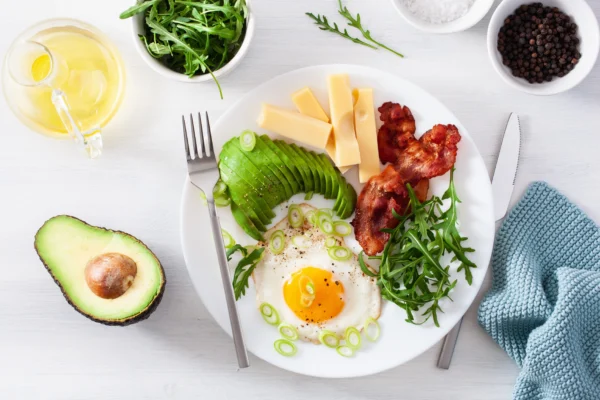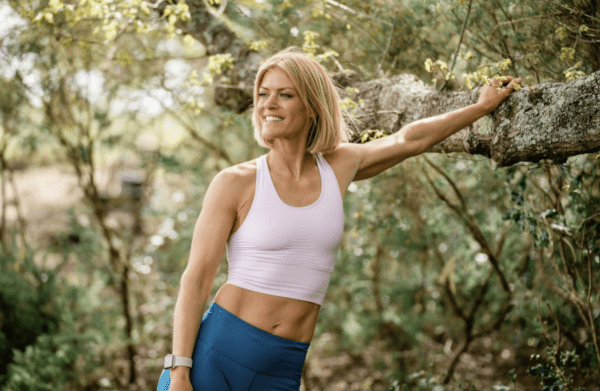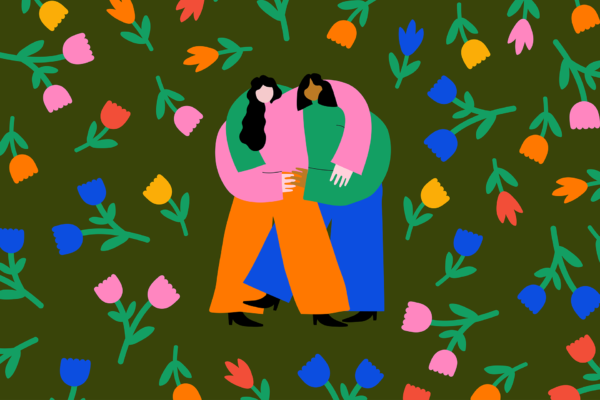
The Neuroscience of Love

Most of us have been there once or twice, some many more times but nearly every adult would admit to being in love at least once! That roller coaster of emotions from happiness to stress and worry, social acceptance, obsession and much more. It all feels somewhat out of control and it is certainly something that many people still associate with some ephemeral force but the reality is that love has science behind it. But just because we can now explain what’s going on, we still can’t say why!
The Brain

Before we look at specifics it is worth just considering how the brain functions and some of the things that are involved.
Ultimately the brain is an enormous collection of neurons. These are nerve cells that “fire” when stimulated. They connect in many different ways but basically all communicate using chemicals. It is somewhat mind blowing to think that “thinking” and existing is all a result of some cells essentially squirting chemicals at each other! But that is not even scratching the surface. Along with the neurones themselves there are a whole raft of chemicals like hormones that produce other effects around the body as a result of a stimulus. So for example, if something exciting happens your brain starts the release of adrenaline. The process is complex but the relatively simple act of a hormone release causes your body to be ready to fight or run! These includes extra blood flow, heightened senses and a variety of other factors. So it is important to understand that feelings and physical responses to things are controlled by the brain and its use of hormones around the body. Being in love involves a wide range of feelings and physical changes and all of these things are happening because of your brain. Sias Jordan of MCI Neuroscience said “it is amazing we now have the technology to literally watch love happening, but it doesn’t take away any of the magic”
What Is Love

There are different sorts of love and most people know them at different times in their lives. Of course there is family love and the kind of strong bond we have with parents or siblings but for the purposes of this article we are looking at the more romantic end of things.
When talking about romantic love there are two main types; the passionate and madly in love type and the lifetime bond and long term relationship type of love. A scientist called Helen Fisher studied 166 different societies and found evidence of the passionate breathless love people have in the early relationship stages in 147 of them. This clearly shows that the same sensations are present in totally different societies and that shows it is biological and not socially caused.
The Reward Part of the Brain
Some research undertaken in 2005 by Fisher looked at how the brain reacted when 2500 people were shown pictures of loved ones. The results clearly showed that the images stimulated the release of dopamine which is known as a “feel good” hormone. The parts of the brain that showed the greatest activity were areas associated with reward and pleasure. They are also parts of the brain associated with sex, pleasure, food consumption and drug use. So the brain is clearly rewarding the person for looking at a loved one.
Primitive Response

The areas of the brain that are most active when people are in the passionate phase of love are all part of the primitive brain. This means they have been around for a long time in terms of evolution. This reward circuit produces a number of physical responses like sweating palms, breathlessness, racing heart and more. But also cortisol is released which bring down the level of serotonin. Low level of serotonin cause feelings of stress. This may not seem like love but worry about a relationship not lasting is very common as well as obsessive behaviour.
Ultimately though, being in love is rewarding with dopamine doing its thing and making sure you feel great! Interestingly the area of the brain that dopamine stimulates is also stimulated by alcohol and cocaine. In test on fruit flies who consume low levels of alcohol from rotting fruit showed that male flies who failed to mate consume twice as much! It seems we are all programmed to seek out dopamine one way or the other.
Long Term Love
Another chemical we see during the love process is oxytocin. This plays a part in pregnancy, child care and mother-infant attachment as well as skin to skin contact. It deepens feelings of attachment, calmness and contentment. The fact that this gets produced more overtime explains why the passion leaves but the bond grows. So once again the seemingly crazy and magical feelings of bond and love are all down to our brains and the hormones they cause the body to release.
It Is Still Magical
Even though we know what is going on when we fall in love and when we build a long term relationship we still do not know what makes use choose a certain person. It does perhaps shed light on why some people seem to love falling in love and crave new romance all the time while others build a deep a long lasting bond. It shows that skin to skin contact is critical in keeping a long term relationship alive and even why some people become obsessive. Love is still magical, and many people would not want to know how it all works, however, for those who have fallen for someone whom they may not be with it might be good to know it’s all just hormonal and it will pass!











































